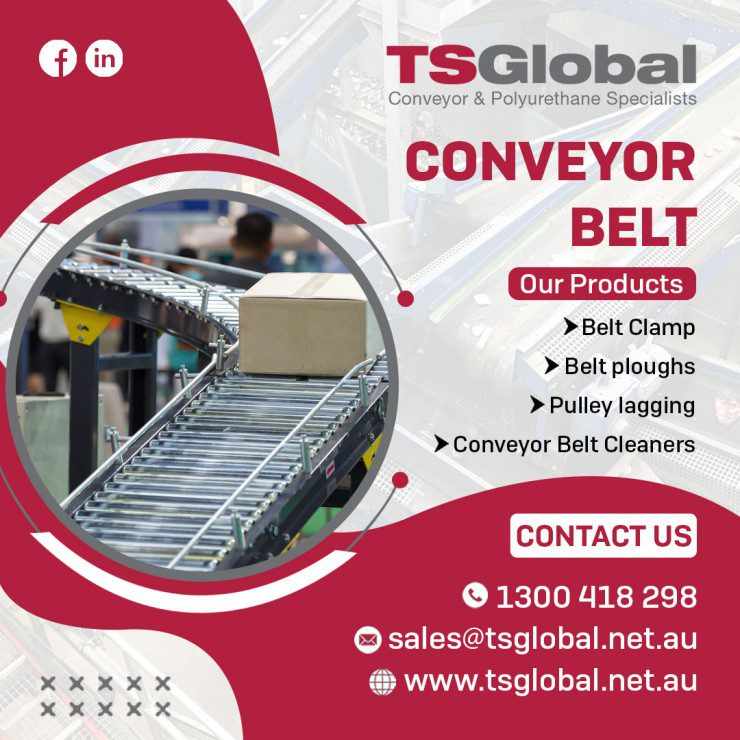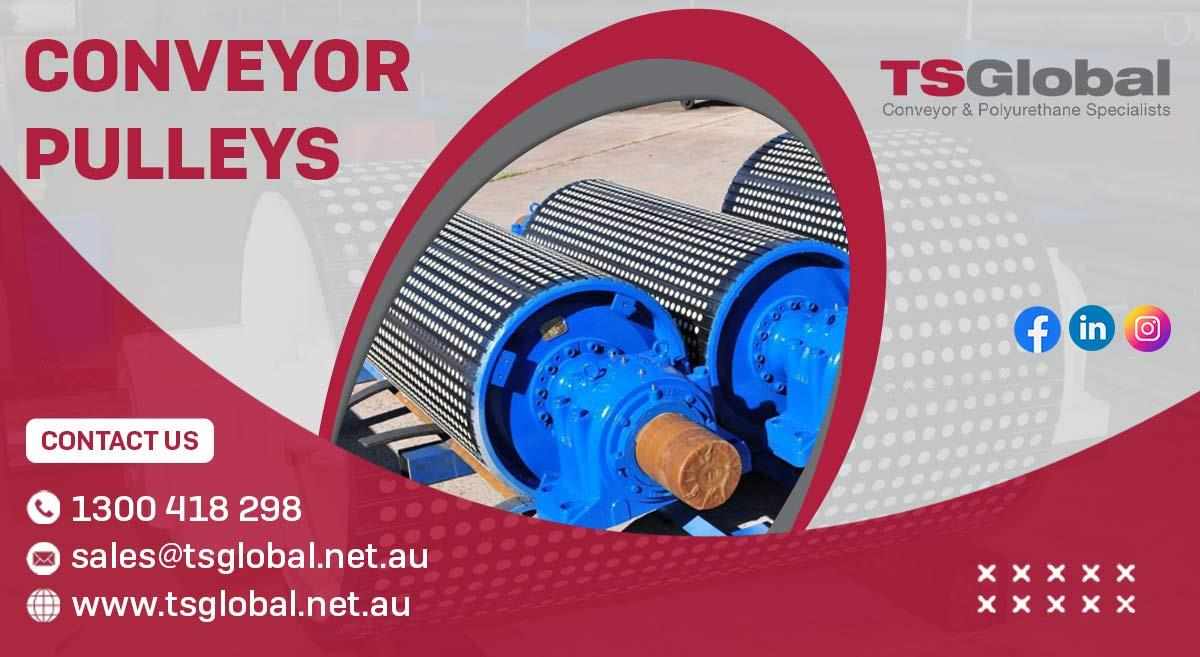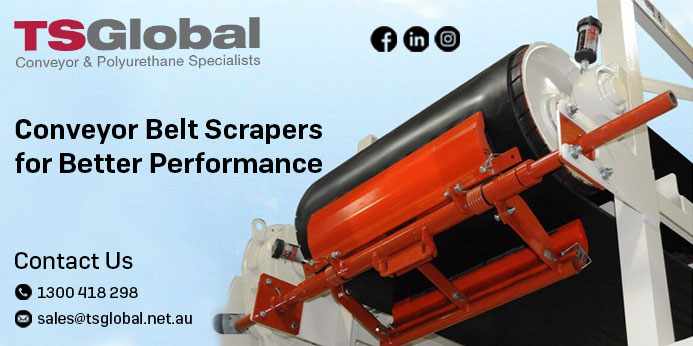.jpeg)
In today's industrial landscape, efficiency is paramount. Every aspect of production, including conveyor belt cleaning, is crucial in maintaining smooth operations. With technological advancements, automation has become a key solution to streamline processes and improve productivity. In this guide, we delve into automated conveyor belt cleaning, exploring its benefits, applications, and best practices.
The Need for Automated Conveyor Belt Cleaning
Increasing Efficiency and Productivity
Traditional methods of conveyor belt cleaning often involve manual labor, which can be time-consuming, labor-intensive, and prone to human error. By automating the cleaning process, businesses can significantly increase efficiency and productivity, allowing for uninterrupted production cycles and reduced downtime.
Ensuring Consistent Cleaning Performance
Automated conveyor belt cleaning systems are designed to deliver consistent cleaning performance, regardless of the operating conditions. By adhering to predefined cleaning parameters, these systems can maintain optimal hygiene levels and prevent the buildup of debris, contaminants, and product residues on the conveyor belt surface.
Enhancing Workplace Safety
Manual conveyor belt cleaning can pose various safety risks to workers, including exposure to hazardous materials, repetitive strain injuries, and slips, trips, and falls. By automating the cleaning process, businesses can create a safer working environment and minimize the risk of accidents and injuries.
Key Components of Automated Conveyor Belt Cleaning Systems
1. Cleaning Mechanisms
Automated conveyor belt cleaning systems utilize various cleaning mechanisms, including brushes, scrapers, air knives, and water jets, to remove debris and contaminants from the belt surface. These mechanisms can be tailored to suit specific application requirements and conveyor belt types.
2. Control Systems
Control systems play a crucial role in automated conveyor belt cleaning, providing operators with the ability to monitor and adjust cleaning parameters in real time. Advanced control systems may incorporate sensors, actuators, and PLCs (Programmable Logic Controllers) to ensure precise and efficient cleaning performance.
3. Maintenance Systems
Regular maintenance is essential to ensure the continued reliability and effectiveness of automated conveyor belt cleaning systems. Maintenance systems may include automated alerts, predictive maintenance algorithms, and remote monitoring capabilities to identify and address issues before they escalate.
Applications of Automated Conveyor Belt Cleaning
Food and Beverage Industry
In the food and beverage industry, automated conveyor belt cleaning is essential for maintaining strict hygiene standards and compliance with regulatory requirements. These systems are used to clean belts in food processing facilities, breweries, dairies, and more.
Manufacturing and Logistics
Automated conveyor belt cleaning plays a vital role in manufacturing and logistics operations, where conveyor belts are used to transport goods and materials throughout production facilities and warehouses. These systems help to prevent product contamination and ensure smooth material flow.
Mining and Quarrying
In the mining and quarrying industry, automated conveyor belt cleaning systems are deployed to remove debris, dust, and spillage from conveyor belts used in the transportation of ores, aggregates, and other materials. This helps to minimize downtime and maintain operational efficiency.
Conclusion
Automated conveyor belt cleaning offers numerous benefits for businesses across various industries, including improved efficiency, enhanced hygiene, and reduced operating costs. By investing in automated cleaning systems, companies can streamline their operations, ensure compliance with regulatory standards, and maintain the quality and integrity of their products.
At TS Global, we understand the importance of automated conveyor belt cleaning in modern industrial environments. Our comprehensive solutions are designed to meet the diverse needs of our customers, delivering reliable performance, exceptional hygiene, and maximum productivity.
Read Also...How Fast Can a Conveyor Belt Go?




















Write a comment ...